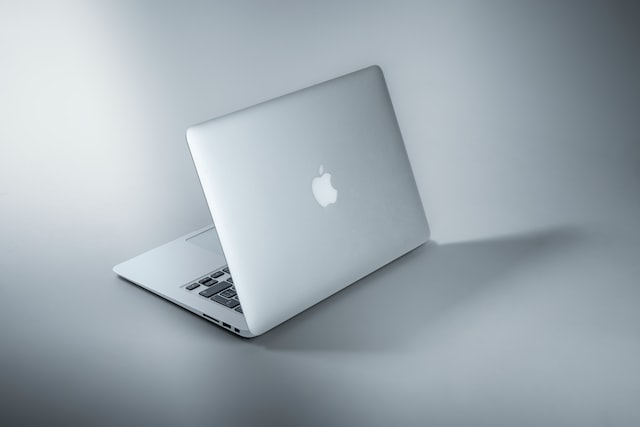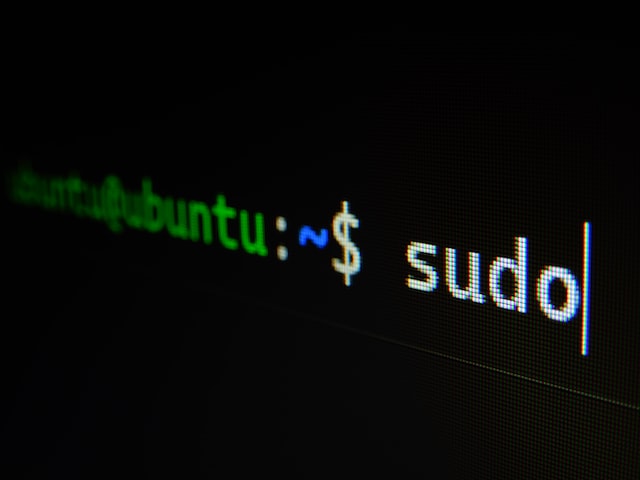Do you want to install Linux on a new MacBook air? I don’t mean installing ubuntu or anything else related to the operating system (Windows). I’m talking about real Linux such as Debian, Ubuntu, OpenSuse, etc. How should you go about it without damaging the hardware? Which version would you choose? What would you do after installation?
Could It Work?
Well, first of all, if your MacBook is not an i5/i7 model, then you are out of luck. Second, even though Apple says that there are no known issues with using Linux on their machines, this does not guarantee that you will be able to run Linux on them. If it works for you on Ubuntu and other distros, then good for you! But chances are the drivers aren’t installed correctly so everything seems to work fine but when you try to load something else it fails.
Is There Any Way To Run Linux On A New MacBook Air?
Yes, it’s possible to run Linux on older (non-i5/i7) macbooks. Here’s how:
- Download the ISO file for your chosen linux distribution (Debian, Ubuntu, Fedora, etc.)
- Click Continue. Then Create a partition table by clicking “New” at the bottom left of the window. Make sure to use GUID Partition Table instead of MSDOS.
- Select the free space you wish to dedicate to your Linux partition. The size shouldn’t exceed 100 GB. For example, if you want to install Debian 8 Jessie, you should make a 200GB partition. You can also create several partitions by selecting “Manage Flags” and checking “GPT”. In case you want to dual boot between Linux and macOS, add another partition for /boot. This space must be set as active.
- Select “Device for Bootloader Installation”, select “Use As…” and choose “/dev/disk0s3”
- Go back to step 2 and repeat the process until you reach Step 6
- Reboot into the Live CD session. Once booted up, click the “Install Now!” button at the bottom right corner.
- At the next screen, you need to press the key combination CMD + R simultaneously. After that, type sudo fdisk -l. Enter y when prompted to write changes to disk. When asked whether you’re sure you want to write these changes to disk, say yes again.
- Finally, reboot back into OS X and enjoy!

Possible Safety Concerns
Considering that your MacBook costs real money, you might think twice before trying to alter it around like that. In terms of computer safety, the risks are minimal, provided you follow instructions carefully. However, you should always take caution when dealing with any kind of modification. Always double-check what you’re doing because you never know what can happen. Even if you trust yourself, you still shouldn’t try to fix things unless somebody has told you exactly how to do it. Some people just won’t take the time to do proper research; they might end up making some serious mistakes that may cost them lots of money.
Conclusion
If you really need a Mac and you’ve already decided to get one, then I guess the only way you’ll be able to get one is by buying a used one from somewhere like eBay or Craigslist. If you absolutely insist on having a Mac, then I suggest installing Linux on it and keeping it away from everybody except family members. That way, nobody gets hurt and you won’t break anything. Hopefully, we helped you out here at least a little bit.

